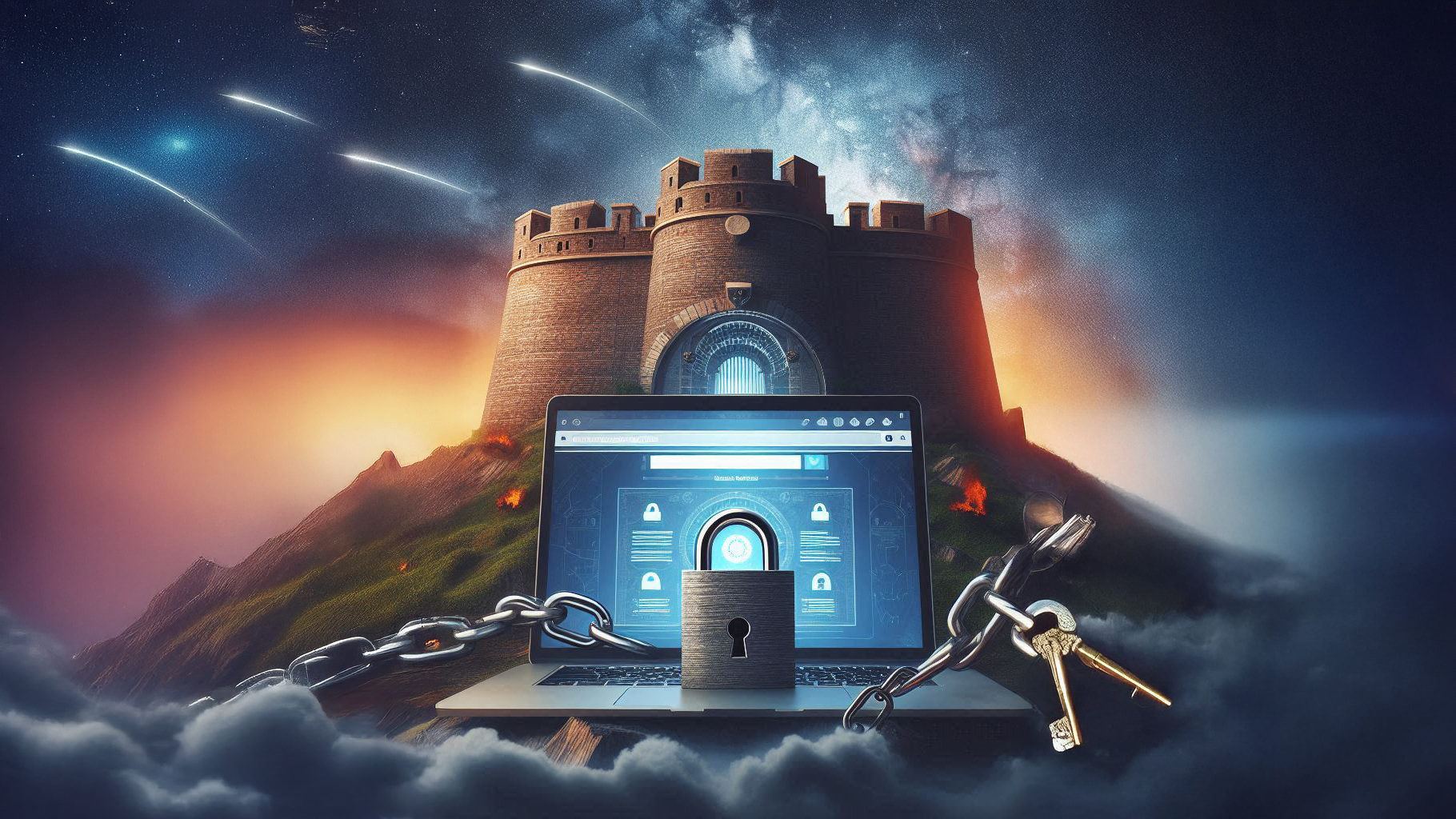Understanding Website Security
Your website is a valuable asset, but without proper security measures, it can become an easy target for hackers, malware, and cyber threats. Strong security protects not only your website but also your business reputation and users’ trust.
Website attacks can happen at any time, affecting performance, data integrity, and even revenue. Whether you run a blog, an e-commerce site, or a corporate platform, securing your website is a must.
Common Threats to Websites
Understanding potential risks is the first step toward protection. Some of the most common threats include:
Malware and Viruses
Malicious software can infect your site, compromising your data and spreading harmful content to users. Hackers often inject malware through outdated software, weak passwords, or unsecured plugins.
Phishing Attacks
Phishing scams trick users into revealing sensitive information, often through fake login pages or deceptive emails. If your website is compromised, attackers could target your visitors and steal their data.
Brute Force Attacks
Hackers use automated tools to repeatedly guess passwords until they gain access to your website. Sites with weak passwords are especially vulnerable to these attacks.
DDoS Attacks
A Distributed Denial-of-Service (DDoS) attack overwhelms your site with excessive traffic, causing it to slow down or crash entirely. These attacks can disrupt your business and drive visitors away.
Essential Security Measures
Protecting your website requires a combination of best practices and proactive measures. Here’s how you can strengthen security and keep your site safe.
Use Strong Passwords and Two-Factor Authentication
Passwords should be complex and unique, with a mix of letters, numbers, and symbols. Avoid using common words or simple patterns. Adding two-factor authentication (2FA) provides an extra layer of protection, requiring a secondary code for login access.
Keep Your Software Updated
Outdated themes, plugins, and CMS platforms are common entry points for attackers. Regularly update your website software to patch vulnerabilities and keep security features current.
Install an SSL Certificate
An SSL certificate encrypts the data exchanged between your site and visitors, making it harder for hackers to intercept sensitive information. It also improves trust and boosts SEO rankings.
Use Security Plugins and Firewalls
Security plugins help detect vulnerabilities, monitor activity, and prevent unauthorized access. Firewalls act as a protective barrier, blocking suspicious traffic before it reaches your site.
Setting Up Backups
Backing up your website ensures that you can restore it in case of an attack, accidental deletion, or system failure.
Why Backups Matter
If your site is compromised, backups provide a clean version that can be restored quickly. Without backups, recovering lost data and functionality could be difficult or impossible.
How to Set Up Automatic Backups
✔Choose a reliable backup service or plugin.
✔Schedule regular backups to save copies of your website.
✔Store backups securely in multiple locations, such as cloud storage and external drives.
What to Do If Your Website is Hacked
Even with security measures in place, breaches can still happen. If your site gets hacked, follow these steps to recover safely:
Identify the Breach
Look for signs of unauthorized access, suspicious code, or unusual activity. Check error messages, slow performance, or missing pages that may indicate an issue.
Restore from Backups
Use a clean backup to restore your website to its previous state. If you don’t have a backup, remove malware manually or seek professional help.
Change All Passwords
Reset login credentials for your website, database, and associated accounts. Ensure passwords are strong and enable two-factor authentication.
Scan for Malware and Secure Vulnerabilities
Run a security scan to remove any lingering threats. Update your software, plugins, and configurations to prevent future attacks.
Notify Visitors (If Needed)
If the breach compromised user data, inform affected individuals and take necessary action to secure their information.
Ongoing Security Practices
Website security isn’t a one-time task—it requires continuous monitoring and proactive strategies.
Regular Security Audits
Periodically review security settings, scan for vulnerabilities, and check access logs for suspicious activity.
Monitor Site Activity
Use tools to track login attempts, plugin behavior, and any unusual changes to your site.
Educate Your Team
If you have multiple users managing your website, ensure they follow security best practices to minimize risk.
Final Thoughts
Website security is critical for protecting your site from cyber threats, data breaches, and technical failures. By implementing strong passwords, backups, security plugins, and ongoing monitoring, you can safeguard your website and ensure smooth operation.
Taking preventive action today can save time, money, and stress in the future—keep your site secure, and stay ahead of potential threats.



